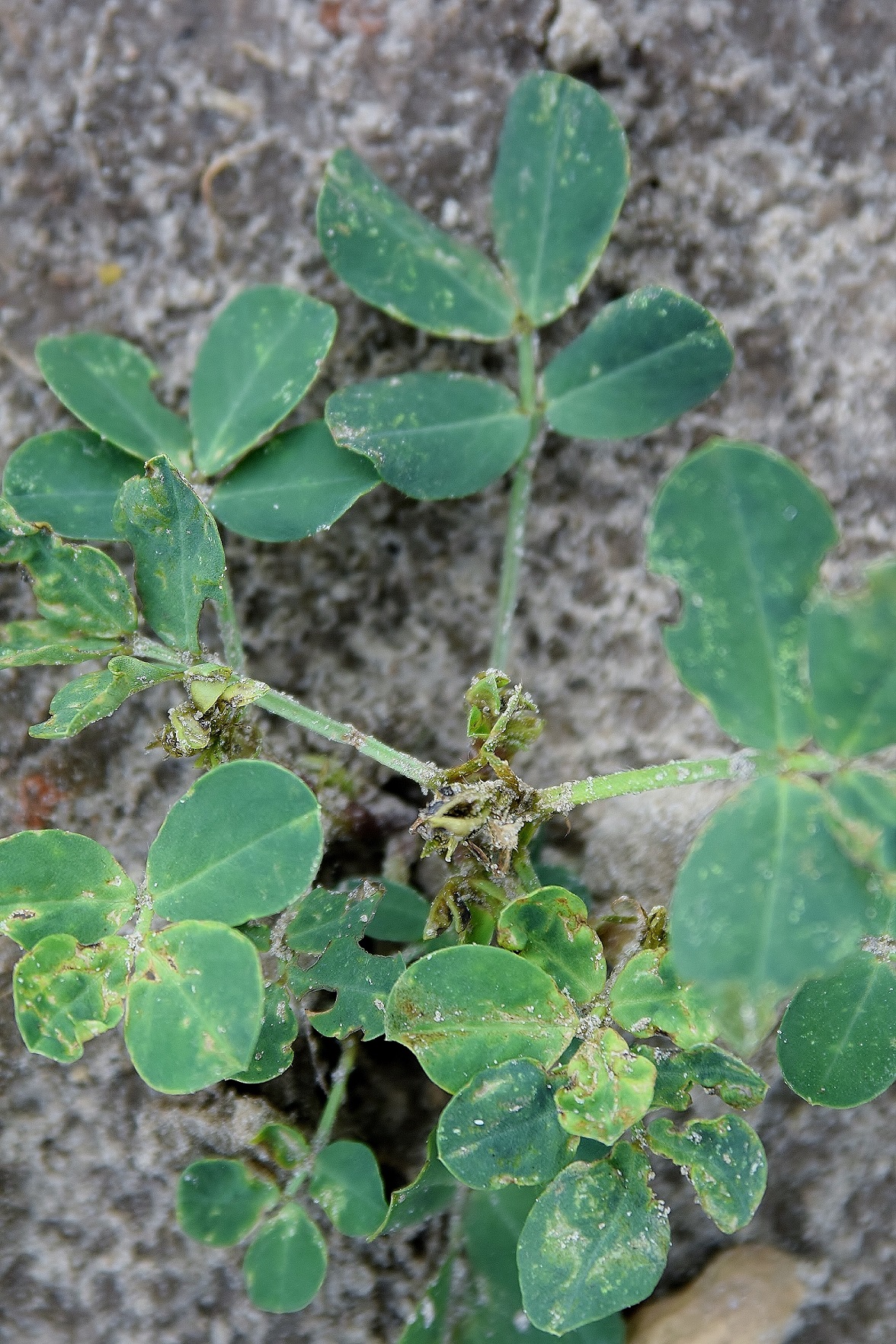
Figure 1. Tobacco thrips injury to seedling peanuts. Joe Funderburk, Danielle Sprague, and Mrittunjai Srivistava, North Florida REC. Quincy, Florida
Monitoring to evaluate continued susceptibility of pests to pesticides is an important part of any pest management program. Thrips are known for their ability to develop resistance to insecticides. The western flower thrips, Frankliniella occidentalis, has developed resistance to many of the Insecticide Resistance Action Committee (IRAC) chemical classes.
The development of resistance in Florida of the western flower thrips to field rates of the spinosyn insecticides (IRAC Group 5) is a tremendous concern. The spinosyns provided very high levels of efficacy against thrips pests for over ten years. The neonicotinoid insecticide acetamiprid (IRAC Group 4) has been used for control of the western flower thrips in fruiting vegetables. Recently, we started a resistance monitoring program to evaluate the susceptibility of the western flower thrips to acetamiprid. We have assayed several western thrips populations in Florida to date and these results indicated that each was resistant to acetamiprid.
We also began evaluating susceptibility of the tobacco thrips, Frankliniella fusca, to the IRAC Group 4 neonicotinoid insecticides. Several neonicotinoid insecticides are used as seed treatments on field crops including peanuts, soybeans, and cotton, primarily for control of thrips injury to seedlings (Figure 1). There are reports that the tobacco thrips populations in several Southeastern US states have developed resistance to the neonicotinoid insecticides. So far, we have only assayed populations at the University of Florida’s North Florida Research and Education Center in Quincy.
The objective is to refine our bioassay techniques, namely a bean-dip assay and an assay developed at North Carolina State University that evaluates systemic activity. Both assay techniques yielded similar results, namely that the tobacco thrips population at the North Florida Research and Education Center is resistant to imidacloprid.
Seed treatment for thrips control has long been a contentious issue. Soybeans recover from thrips injury without economic damage. Thrips injury in combination with herbicide burn or drought stress can delay maturity. Planting date and other cultural practices affect damage to cotton from thrips injury. Seed treatment as a preventive treatment for thrips has risks beyond that of economic crop loss, namely the development of pest resistance and potential non-target effects to beneficial insect populations.
These results indicating resistance in western flower thrips and tobacco thrips to the neonicotinoid insecticides should be viewed with caution at this point. Our results with tobacco thrips need to be confirmed by other laboratories. The extent of resistance in different populations of tobacco thrips and western flower thrips in Florida needs to be determined. However, our results combined with those from other states suggest concern.
For more information on thrips and the Insecticide Resistance Action Committee, please see the following resources:
Western Flower Thrips (Frankliniella occidentalis [Pergande])
IRAC’s Insecticide Mode of Action Classification
- Sampling for Flower Thrips and Their Key Predator in Vegetable Crops - September 27, 2019
- Adding Flowering Plants to Strawberry Fields to Enhance Pest Management and Biodiversity - May 11, 2018
- New Insect and Mite Control Guide for Florida Cotton Growers - September 8, 2017
